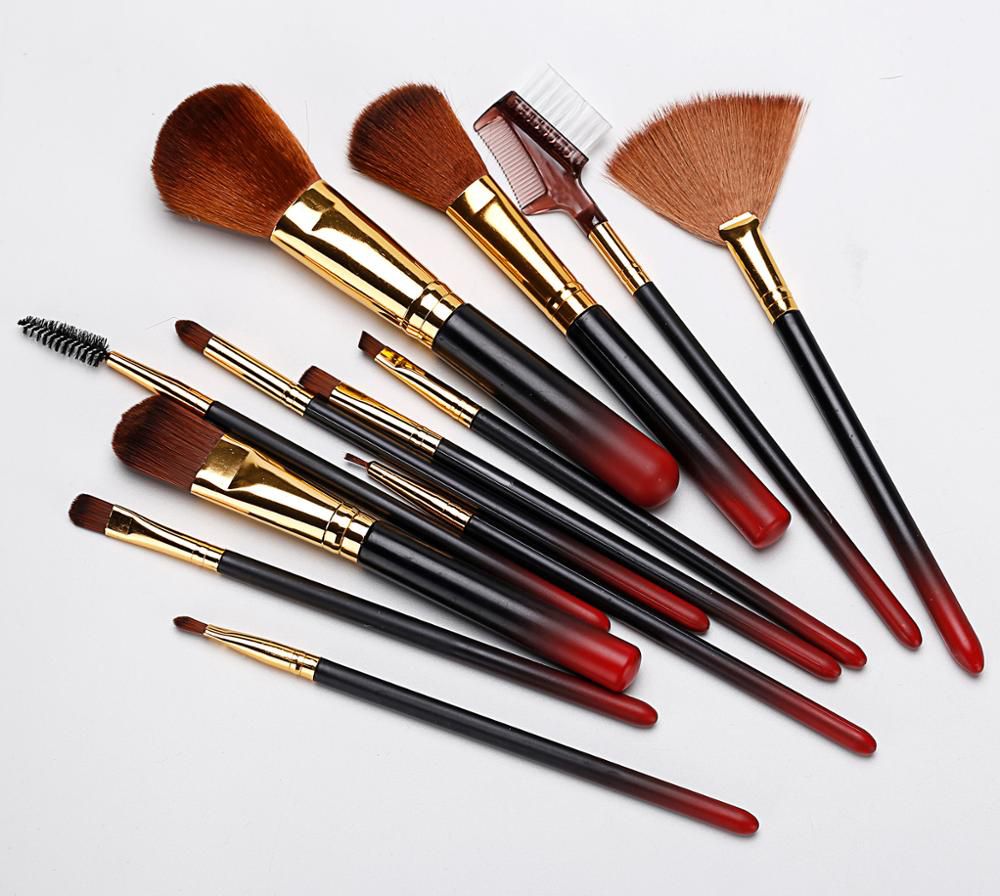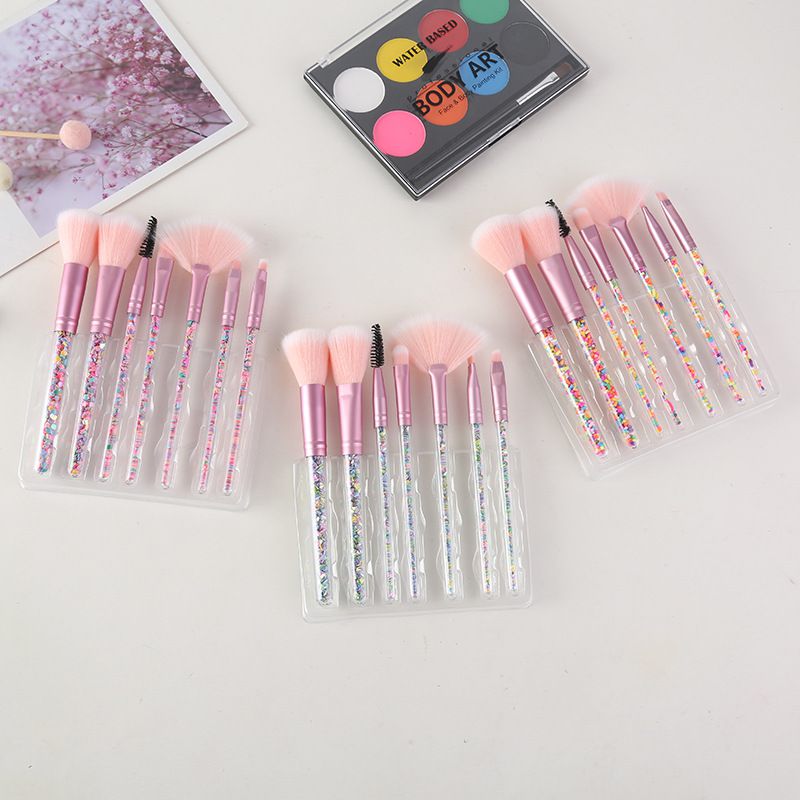Industry news
Surface Energy of Bristle Materials: Impact on Liquid Product Adhesion and Release
- 400 Views
- 2025-08-02 01:31:35
Surface Energy of Bristle Materials: Key to Optimizing Liquid Cosmetic Adhesion and Release
For cosmetic brands and consumers alike, the performance of a makeup brush hinges on a critical yet often overlooked factor: the surface energy of its bristle materials. When a brush glides across skin, the way liquid products—foundations, serums, or creams—adhere to the bristles and release onto skin directly impacts makeup application, product waste, and user satisfaction. At its core, surface energy explains this interaction, making it a cornerstone of bristle material engineering for cosmetic tools.
What is Surface Energy, and Why Does It Matter?

Surface energy refers to the energy required to create a new surface on a material, reflecting how "attractive" its surface is to other substances—in this case, liquid cosmetics. Measured in mJ/m², it dictates the wetting behavior between bristles and liquids, quantified by the contact angle (θ) formed when a liquid droplet meets the bristle surface. A low contact angle (θ< 90°) indicates high wettability: the liquid spreads across the bristle, adhering strongly. A high contact angle (θ > 90°) means poor wetting; the liquid beads up, adhering weakly.
For cosmetic brushes, balance is key. Bristles with excessively high surface energy may trap too much product, leading to patchy application and waste. Conversely, overly low surface energy risks insufficient adhesion, causing product to slide off before application. The ideal bristle surface energy depends on the liquid’s viscosity and formulation—think lightweight serums vs. thick creams—and the desired outcome: precise control for detail work or seamless blending for foundation.

Material Differences: How Bristle Types Compare
Common bristle materials—natural fibers (e.g., goat hair), nylon (PA6/66), and PBT (polybutylene terephthalate)—exhibit distinct surface energy profiles, directly influencing their performance:
- Natural Fibers: Wool or goat hair, with high surface energy (typically 40–50 mJ/m²), excel at retaining powdery products but struggle with liquids. Their porous structure and high polarity cause over-adhesion of creams, leading to uneven release and residue buildup.
- Nylon Bristles: Synthetic nylon, with moderate surface energy (30–35 mJ/m²), is a industry staple. Its smooth surface and tunable polarity (via additives or coating) strike a balance: sufficient adhesion to pick up liquid products, yet controlled release for even blending. For example, nylon 612, with modified molecular chains, reduces surface energy slightly, improving release for high-viscosity foundations.
- PBT Bristles: With lower surface energy (25–30 mJ/m²), PBT bristles are ideal for fast-release needs, such as lightweight lotions or tinted moisturizers. Their hydrophobic nature minimizes product trapping, reducing waste and ensuring quick, streak-free application.
Engineering Surface Energy: Custom Solutions for Cosmetic Needs
At our manufacturing facility, optimizing surface energy is a precision process. We employ two key strategies to tailor bristle performance:
1. Surface Modification: Plasma treatment or corona discharge increases surface energy by introducing polar groups (e.g., -OH, -COOH) to synthetic bristles, enhancing wetting for cream-based products. Conversely, silicone coating reduces surface energy, ideal for water-based serums requiring minimal adhesion.
2. Material Blending: Mixing nylon and PBT fibers in controlled ratios creates hybrid bristles with gradient surface energy, adapting to varying product viscosities. For instance, a 70% nylon-30% PBT blend balances adhesion for medium-viscosity BB creams and release for easy blending.
Quality control is rigorous: we use contact angle goniometers to test bristle surfaces with standard liquids (deionized water, glycerol) and validate consistency across batches. This ensures every brush meets the target surface energy range (28–38 mJ/m² for most liquid cosmetics), guaranteeing reliable performance for brands.
The Bottom Line: Enhanced User Experience Through Science
For cosmetic brands, bristle surface energy isn’t just a technical metric—it’s a driver of consumer loyalty. Brushes with optimized surface energy reduce product waste by 20–30% (based on internal testing), deliver streak-free application, and extend brush lifespan by minimizing residue buildup. By prioritizing surface energy engineering, we empower brands to differentiate their products with brushes that perform as well as they look.
In an industry where precision and体验 reign supreme, mastering the science of surface energy isn’t optional—it’s essential.











